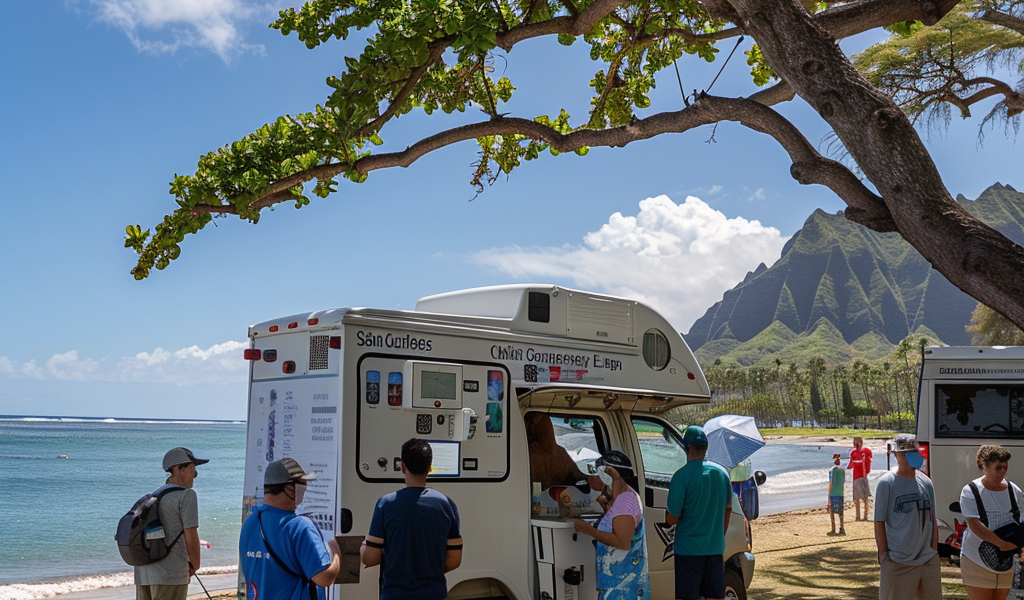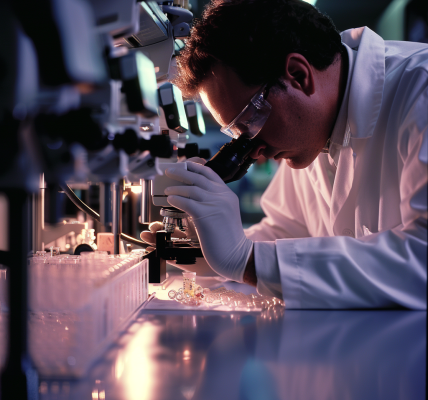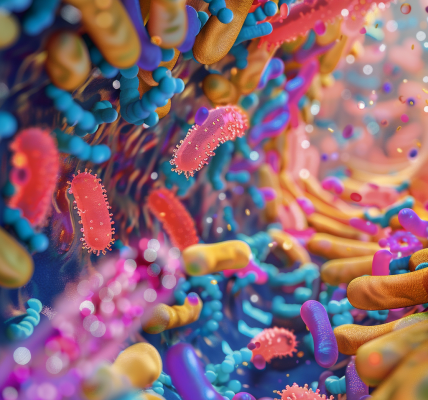May is Skin Cancer Awareness Month, and in Hawaii, thousands of people are diagnosed with some form of skin cancer every year. To shed light on the impact of the sun on our skin and the importance of preventive measures, Dr. Naoto Ueno, the director of the University of Hawaii Cancer Center, discussed valuable tools with HNN’s Sunrise.
Skin cancer is the most common type of cancer in the U.S., but it is also the most preventable. In Hawaii, where the UV index is higher due to its proximity to the equator, the risk of skin cancer is increased. Melanoma, the most aggressive form of skin cancer, can have fatal outcomes if not detected and treated early.
One innovative initiative making a difference is the Skin Check Van, a mobile skin cancer prevention education program sponsored by the Friends of the University of Hawaii Cancer Center. This van provides the community with essential tools and resources to understand sun damage and its potential consequences.
Among the tools offered by the Skin Check Van is photoaging software, which allows individuals to visualize the effects of sun exposure on their skin over time. Additionally, the mexameter is used to measure an individual’s lifetime sun exposure by assessing melanin and erythema levels, indicating the likelihood of tanning or burning.
To protect against skin damage and reduce the risk of skin cancer, Dr. Ueno recommends daily use of broad-spectrum sunscreen with an SPF of 30 or higher, wearing UV-protective clothing and wide-brimmed hats, avoiding tanning beds, and seeking shade during peak sun hours.
The Skin Check Van travels to various outdoor locations in Oahu, such as beaches and parks, to raise awareness about skin cancer and promote preventive measures. By educating the public and providing access to screening tools, this initiative aims to decrease the incidence of skin cancer and encourage healthier sun protection habits.





